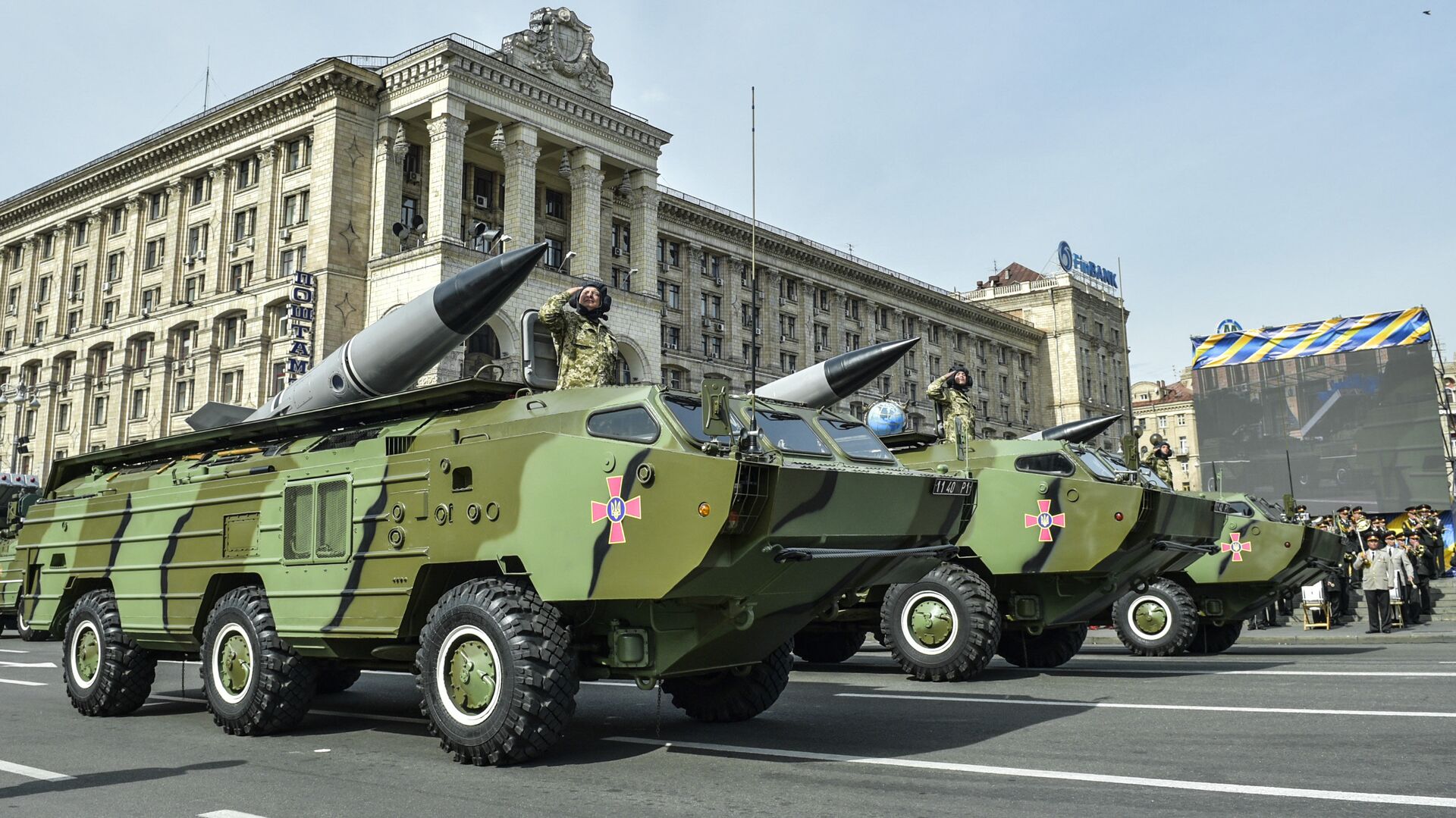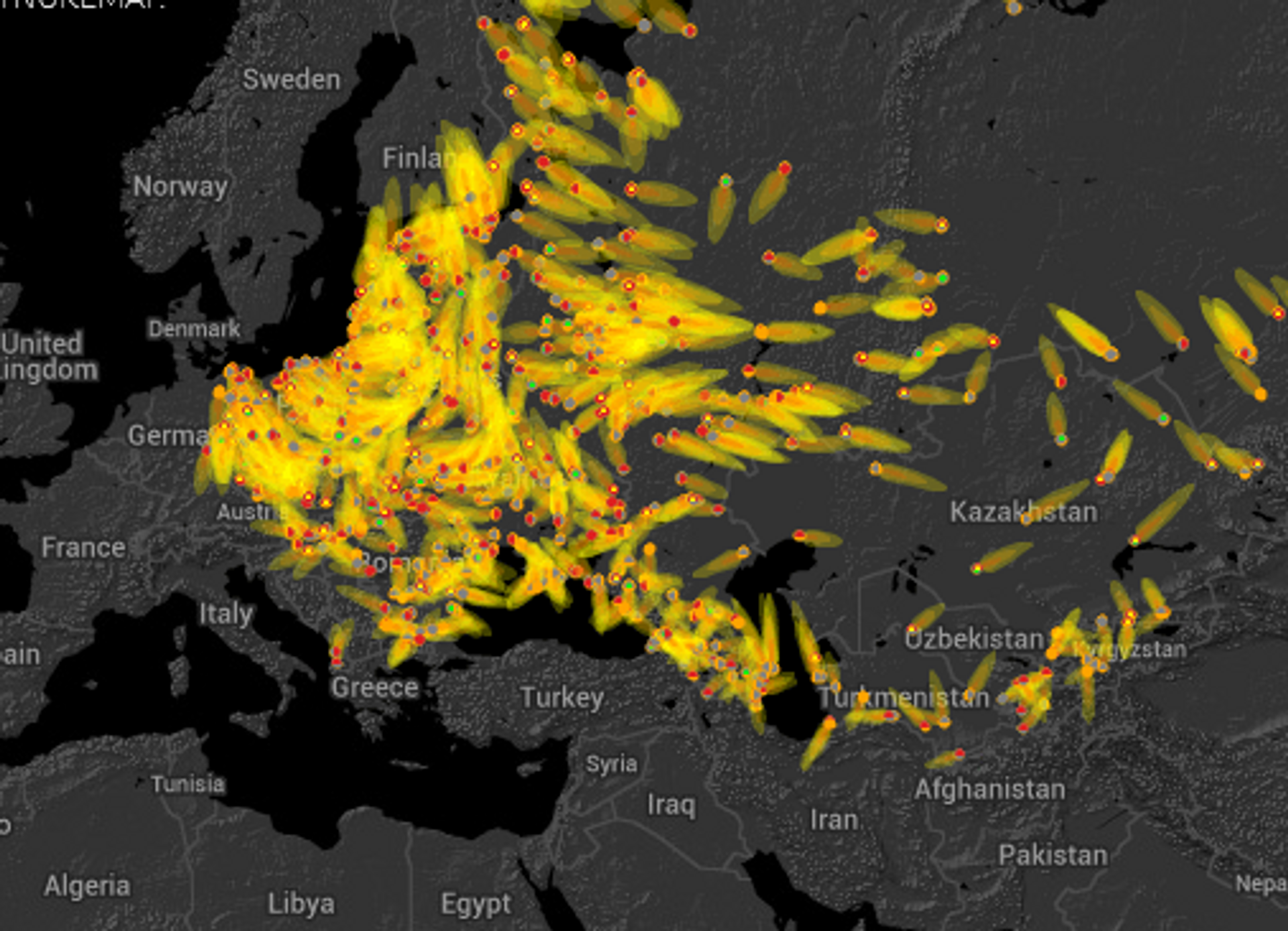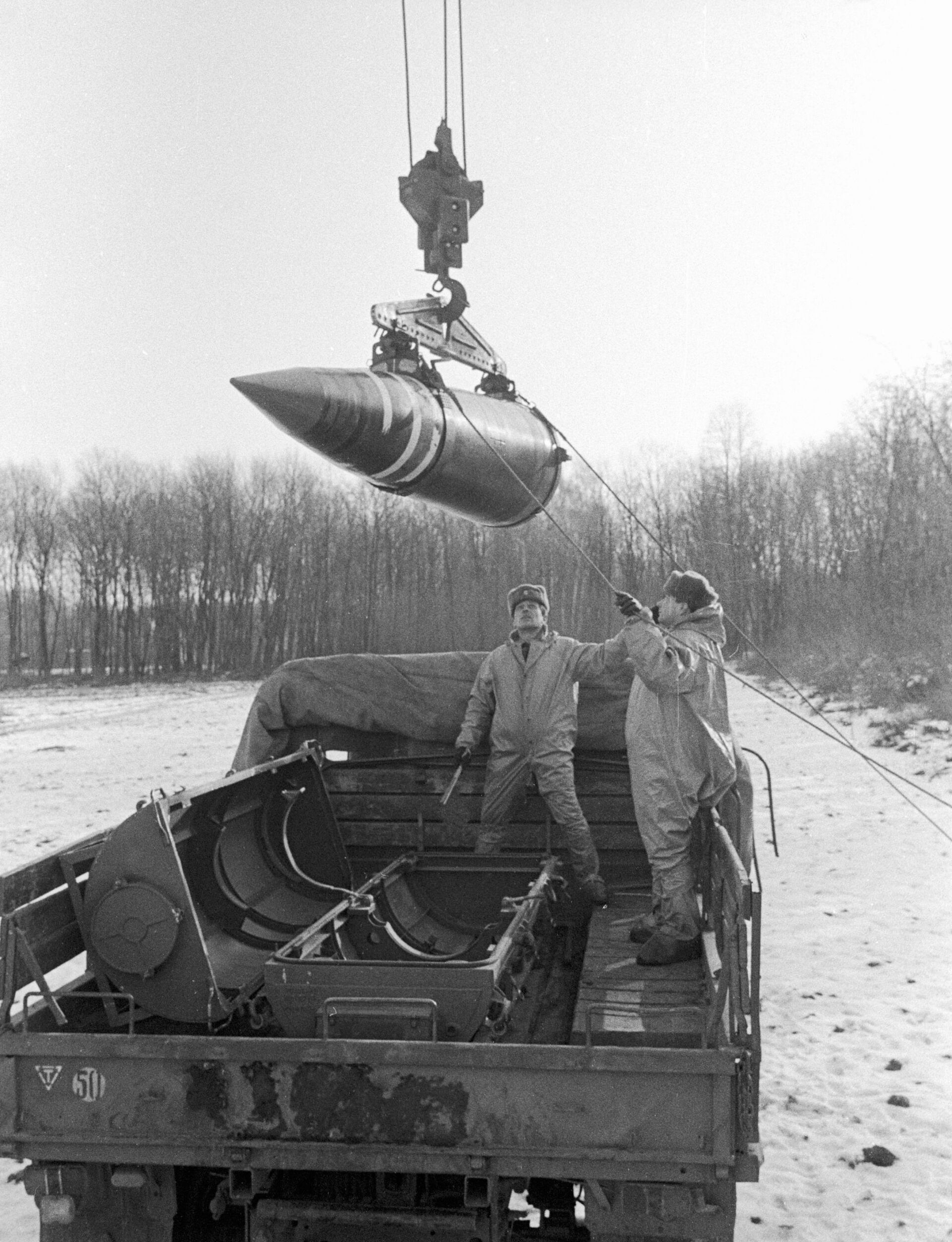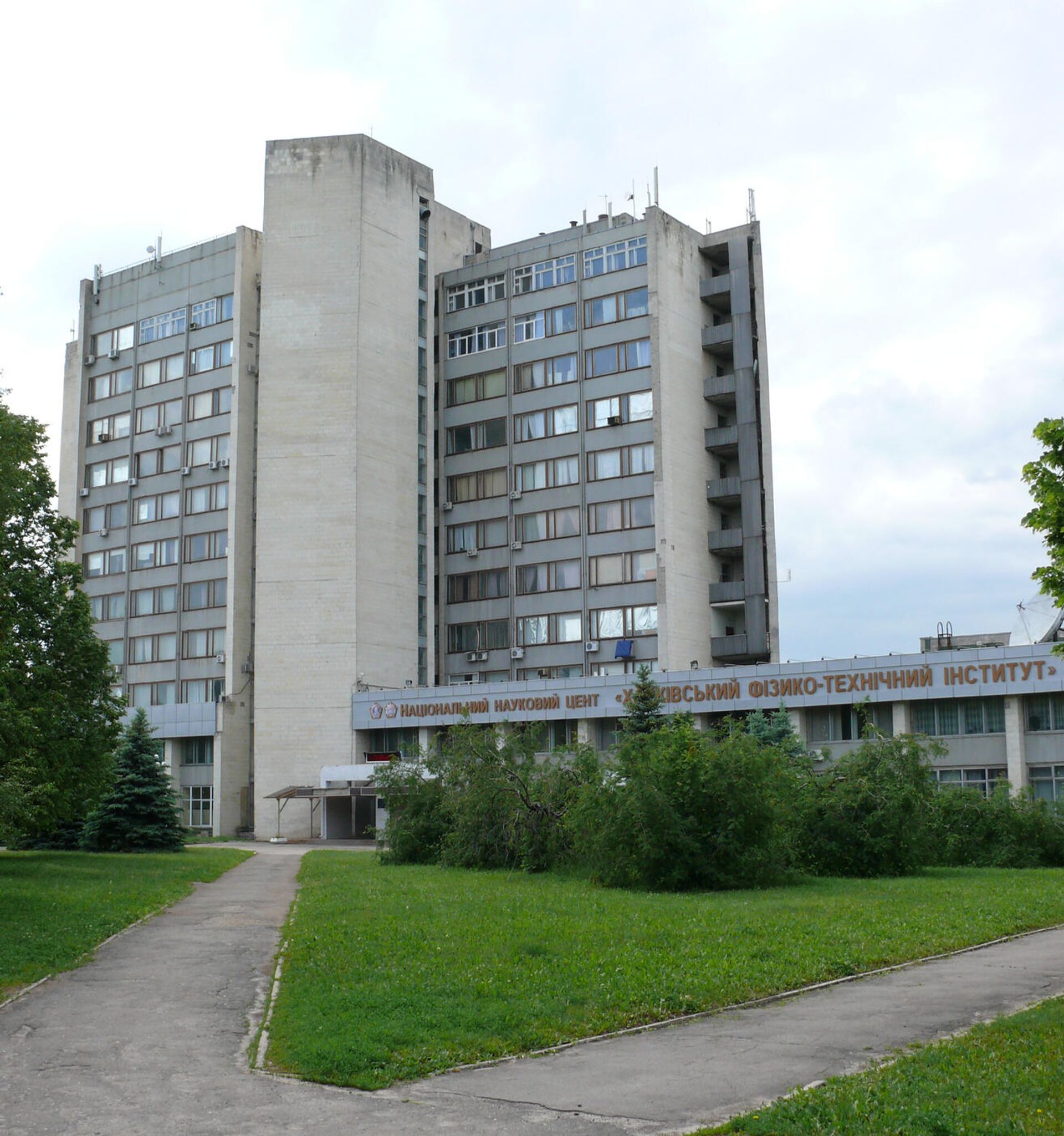https://sputnikglobe.com/20221103/when-did-ukraine-give-up-nuclear-weapons-and-why-have-fears-of-kievs-pursuit-of-nukes-reemerged-1103684050.html
When Did Ukraine Give Up Nuclear Weapons and Why Have Fears of Kiev’s Pursuit of Nukes Reemerged?
When Did Ukraine Give Up Nuclear Weapons and Why Have Fears of Kiev’s Pursuit of Nukes Reemerged?
Sputnik International
Sputnik explores Ukraine’s historical relationship with nuclear weapons, and the threat that would be posed if Kiev reconstituted a nuclear device today.
2022-11-03T14:11+0000
2022-11-03T14:11+0000
2022-12-07T10:18+0000
military
ukraine
nuclear
soviet union
nuclear arsenal
ukrainian
nuclear weapons
https://cdn1.img.sputnikglobe.com/img/103849/17/1038491714_0:69:2953:1730_1920x0_80_0_0_f3a509d9fa39f71f9baeb4607e00f96c.jpg
When Was Ukraine First Familiarized With Nuclear Weapons Tech?Ukraine’s familiarity with nuclear weapons technology goes back to Soviet days. As a constituent republic of the USSR, Soviet Ukraine had thousands of nuclear warheads, hundreds of intercontinental ballistic missiles, and dozens of heavy strategic bombers stationed on its territory.Ukrainian scientific institutions, scientists and engineers played a critical role in the USSR’s nuclear research going back to before the Second World War, with the Kharkov-based Ukrainian Institute for Physics and Technology serving as one of the top nuclear research centers in the country between the late 1920s to the early 1940s alongside similar institutes in Moscow and Leningrad. During the Second World War, the staff of the Kharkov-based institute were evacuated deep inside Russia, joining their Russian counterparts in continuing research on nuclear fission for both peaceful and military purposes.Just one month after US bombers incinerated Hiroshima and Nagasaki in August 1945, the Soviet Council of People’s Commissars adopted a decree ‘On the Additional Involvement of Scientific Institutions, Individual Scientists and Other Specialists in Work on the Use of Intra-Atomic Energy’, with the Kharkov Institute of Physics and Technology and its director Cyril Sinelnikov listed among the key organizations and individuals involved in the nuclear program after returning to their beloved scientific center.With relations between the erstwhile anti-Hitler coalition allies quickly cooling and the US and Britain immediately beginning to plot attack plans against the USSR, the Ukrainian SSR suddenly found itself marked for annihilation by American nuclear bombers. In September 1945, US Army Air Force planners drew up a map of major industrial, transport and telecommunications network targets in the USSR, calculating that at least 123 nukes (but preferably 466) would be needed to wipe the country out. Given Ukraine’s status as a major industrial and scientific hub, most of its major cities, including Kiev, Odessa, Dnepropetrovsk, Lvov, Kharkov and Stalino (now Donetsk) were slated for destruction.A 1956 American plan, now featuring some 1,100 nuclear targets, was even more 'ambitious', calling for the incineration of the whole of Eastern Europe and Ukraine along with it. It would take a decade-and-a-half for the USSR to reach nuclear parity with the US, creating a 'balance of terror' which assured that the deadly plans concocted by the Pentagon for Ukraine and the rest of the Soviet Union never came to pass.When Did Independent Ukraine Get Nuclear Weapons, and Why Did It Give Them Up?After the collapse of the USSR in late 1991, Ukraine suddenly found itself with about a third of the Soviet Union's nuclear arsenal. A 1992 estimate in Arms Control Today calculated that post-Soviet Ukraine had inherited approximately 1,700 nuclear warheads, and delivery means including 46 RT-23 Molodets ICBMs, 130 UR-100N ICBMs, and 38 heavy strategic bombers, including 27 Tu-95 ‘Bears’ and 11 cutting-edge Tu-160 ‘White Swans’.But there was a catch. Kiev did not have the launch codes to the nukes, which remained in Moscow’s hands under a unified command structure (the same was true of the nukes which ended up in independent Belarus and Kazakhstan after the Soviet collapse).Ukraine agreed to give up its nuclear arsenal and sign onto the Treaty on the Non-Proliferation of Nuclear Weapons in the mid-1990s, at the same time that it signed on to the 1994 Budapest Memorandum on Security Assurances with Russia, the United States, and the United Kingdom. The treaty gave Kiev a series of security guarantees, including independence, sovereignty and the non-use of nuclear weapons against Ukraine. The February 2014 US-backed Euromaidan coup in Kiev severely undermined the Budapest Memorandum, with the treaty teetering on the brink of collapse by February of 2022.Is Ukraine Revising Its Non-Nuclear Status?On February 19, 2022 Ukrainian President Volodymyr Zelensky initiated consultations on the Budapest Memorandum, with Moscow perceiving the move as a threat to revive Ukraine’s nuclear status. In a speech on February 22, two days before Russia kicked off its special military operation in Ukraine, President Putin expressed alarm over Kiev’s apparent nuclear ambitions, and stressed that Moscow would consider steps in this direction a strategic threat, even if Ukraine strived to obtain only tactical nukes.In early March, Russian Foreign Intelligence Service head Sergei Naryshkin said that Moscow had intelligence information showing that Ukraine was working on nuclear weapons, and that the US knew about it.In a briefing last Monday, Russian Radiation, Chemical and Biological Defense Troops chief Igor Kirillov revealed that Moscow was aware of “contacts” between Zelensky’s office and British officials “on the possible acquisition of nuclear weapons technology.”Is Ukraine Building a Radioactive 'Dirty Bomb'?Last week, Russia's defense minister telephoned his US, British, French and Turkish counterparts to inform them of the danger of a Ukrainian false flag involving the detonation of a “dirty bomb” –i.e., a conventional explosive containing radioactive materials, to falsely accuse Russia of using nuclear weapons, thus escalating the conflict, and international pressure against Moscow.During his briefing, Kirillov pointed out that Ukraine has ample capacity to build a dirty bomb, including over 1,500 tons of spent nuclear fuel, other radioactive agents, uranium mines, plus the scientific know-how of the Kharkov Institute of Physics and Technology, the Uragan nuclear facility and the Institute for Nuclear Research at the National Academy of Sciences in Kiev.US, European and Ukrainian officials have dismissed Moscow’s concerns regarding Ukraine’s suspected dirty bomb ambitions, with Washington and its allies issuing a joint statement “reject[ing] Russia’s transparently false allegations.” However, given Ukraine’s rich historical experience with nuclear technology, its ample resources (both scientific and industrial) as well as recent threats to pull out of the Budapest Memorandum, plus Russian intelligence on the Zelensky government’s activities, the question of who’s making “transparently false allegations” remains open. As for Russians, Europeans and ordinary Ukrainians caught in the crossfire of the conflict that has engulfed their country, it can only be hoped that military planners in Kiev are having second thoughts after the Russian military exposed their plans.
https://sputnikglobe.com/20220219/zelensky-plans-to-initiate-talks-of-parties-to-budapest-memorandum-1093197594.html
https://sputnikglobe.com/20221026/kiev-made-dummy-missile-for-provocation-with-dirty-bomb-over-chernobyl-zone---source-1102733033.html
ukraine
soviet union
Sputnik International
feedback@sputniknews.com
+74956456601
MIA „Rosiya Segodnya“
2022
News
en_EN
Sputnik International
feedback@sputniknews.com
+74956456601
MIA „Rosiya Segodnya“
Sputnik International
feedback@sputniknews.com
+74956456601
MIA „Rosiya Segodnya“
nuclear weapons ukraine, nuclear arsenals, worldwide nuclear arsenals, nuclear weapons, nuclear bomb, dirty bomb, ukrainian nuclear weapons, ukrainian nuclear bomb
nuclear weapons ukraine, nuclear arsenals, worldwide nuclear arsenals, nuclear weapons, nuclear bomb, dirty bomb, ukrainian nuclear weapons, ukrainian nuclear bomb
When Did Ukraine Give Up Nuclear Weapons and Why Have Fears of Kiev’s Pursuit of Nukes Reemerged?
14:11 GMT 03.11.2022 (Updated: 10:18 GMT 07.12.2022) Last week, the Russian military warned that Moscow had intel on contacts between the Ukrainian president’s office and British officials on the acquisition of nuclear technology by Kiev. Sputnik explores Ukraine’s historical relationship with nuclear weapons, and the threat that would be posed if Kiev reconstituted a nuclear device today.
When Was Ukraine First Familiarized With Nuclear Weapons Tech?
Ukraine’s familiarity with nuclear weapons technology goes back to Soviet days. As a constituent republic of the USSR, Soviet Ukraine had thousands of nuclear warheads, hundreds of intercontinental ballistic missiles, and dozens of heavy strategic bombers stationed on its territory.
Ukrainian scientific institutions, scientists and engineers played a critical role in the USSR’s nuclear research
going back to before the Second World War, with the Kharkov-based Ukrainian Institute for Physics and Technology serving as one of the top nuclear research centers in the country between the late 1920s to the early 1940s alongside similar institutes in Moscow and Leningrad. During the Second World War, the staff of the Kharkov-based institute were evacuated deep inside Russia, joining their Russian counterparts in continuing research on nuclear fission for both peaceful and military purposes.
Just one month after US bombers incinerated Hiroshima and Nagasaki in August 1945, the Soviet Council of People’s Commissars adopted a decree ‘On the Additional Involvement of Scientific Institutions, Individual Scientists and Other Specialists in Work on the Use of Intra-Atomic Energy’, with the Kharkov Institute of Physics and Technology and its director Cyril Sinelnikov listed among the key organizations and individuals involved in the nuclear program after returning to their beloved scientific center.
With relations between the erstwhile anti-Hitler coalition allies quickly cooling and the US and Britain
immediately beginning
to plot attack plans against the USSR, the Ukrainian SSR suddenly found itself marked for annihilation by American nuclear bombers. In September 1945, US Army Air Force planners drew up a map of major industrial, transport and telecommunications network targets in the USSR, calculating that at least 123 nukes (but preferably 466) would be needed to wipe the country out. Given Ukraine’s status as a major industrial and scientific hub, most of its major cities, including Kiev, Odessa, Dnepropetrovsk, Lvov, Kharkov and Stalino (now Donetsk) were slated for destruction.
A 1956 American plan, now featuring some 1,100 nuclear targets, was even more 'ambitious', calling for the incineration of the whole of Eastern Europe and Ukraine along with it. It would take a decade-and-a-half for the USSR to reach nuclear parity with the US, creating a 'balance of terror' which assured that the deadly plans concocted by the Pentagon for Ukraine and the rest of the Soviet Union never came to pass.
When Did Independent Ukraine Get Nuclear Weapons, and Why Did It Give Them Up?
After the collapse of the USSR in late 1991, Ukraine suddenly found itself with about a third of the Soviet Union's nuclear arsenal. A 1992
estimate in Arms Control Today calculated that post-Soviet Ukraine had inherited approximately 1,700 nuclear warheads, and delivery means including 46 RT-23 Molodets ICBMs, 130 UR-100N ICBMs, and 38 heavy strategic bombers, including 27 Tu-95 ‘Bears’ and 11 cutting-edge Tu-160 ‘White Swans’.
But there was a catch. Kiev did not have the launch codes to the nukes, which remained in Moscow’s hands under a unified command structure (the same was true of the nukes which ended up in independent Belarus and Kazakhstan after the Soviet collapse).
Ukraine agreed to give up its nuclear arsenal and sign onto the Treaty on the Non-Proliferation of Nuclear Weapons in the mid-1990s, at the same time that it signed on to the 1994 Budapest Memorandum on Security Assurances with Russia, the United States, and the United Kingdom. The treaty gave Kiev a series of security guarantees, including independence, sovereignty and the non-use of nuclear weapons against Ukraine. The February 2014 US-backed Euromaidan coup in Kiev severely undermined the Budapest Memorandum, with the treaty teetering on the brink of collapse by February of 2022.
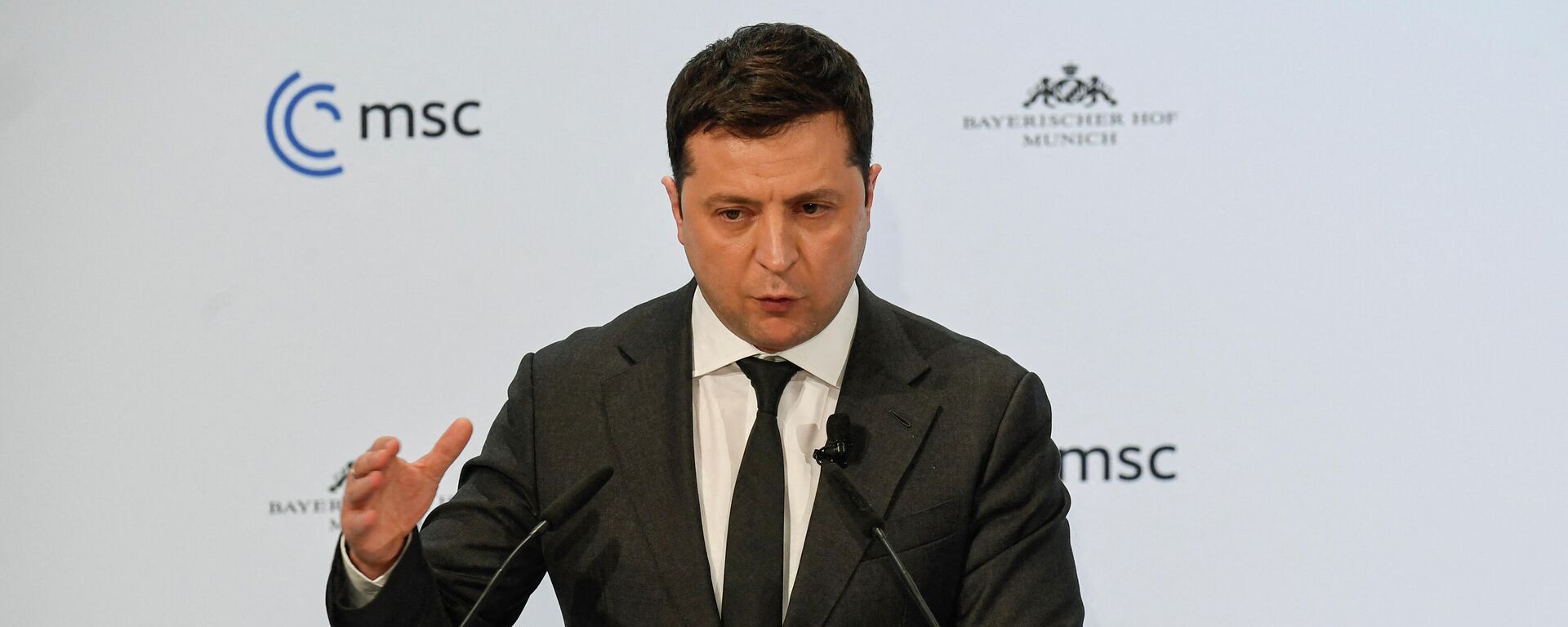
19 February 2022, 15:30 GMT
Is Ukraine Revising Its Non-Nuclear Status?
On February 19, 2022 Ukrainian President Volodymyr Zelensky
initiated consultations on the Budapest Memorandum, with Moscow perceiving the move as a threat to revive Ukraine’s nuclear status. In a speech on February 22, two days before Russia kicked off its special military operation in Ukraine, President Putin
expressed alarm over Kiev’s apparent nuclear ambitions, and stressed that Moscow would consider steps in this direction a strategic threat, even if Ukraine strived to obtain only tactical nukes.
In early March, Russian Foreign Intelligence Service head Sergei Naryshkin
said that Moscow had intelligence information showing that Ukraine was working on nuclear weapons, and that the US knew about it.
In a briefing last Monday, Russian Radiation, Chemical and Biological Defense Troops chief Igor Kirillov
revealed that Moscow was aware of “contacts” between Zelensky’s office and British officials “on the possible acquisition of nuclear weapons technology.”
Is Ukraine Building a Radioactive 'Dirty Bomb'?
Last week, Russia's defense minister
telephoned his US, British, French and Turkish counterparts to inform them of the danger of a Ukrainian false flag involving the detonation of a
“dirty bomb” –i.e., a conventional explosive containing radioactive materials, to falsely accuse Russia of using nuclear weapons, thus escalating the conflict, and international pressure against Moscow.
During his briefing, Kirillov pointed out that Ukraine has ample capacity to build a dirty bomb, including over 1,500 tons of spent nuclear fuel, other radioactive agents, uranium mines, plus the scientific know-how of the Kharkov Institute of Physics and Technology, the Uragan nuclear facility and the Institute for Nuclear Research at the National Academy of Sciences in Kiev.
US, European and Ukrainian officials have dismissed Moscow’s concerns regarding Ukraine’s suspected dirty bomb ambitions, with Washington and its allies issuing a joint statement “reject[ing] Russia’s transparently false allegations.” However, given Ukraine’s rich historical experience with nuclear technology, its ample resources (both scientific and industrial) as well as recent threats to pull out of the Budapest Memorandum, plus Russian intelligence on the Zelensky government’s activities, the question of who’s making “transparently false allegations” remains open. As for Russians, Europeans and ordinary Ukrainians caught in the crossfire of the conflict that has engulfed their country, it can only be hoped that military planners in Kiev are having second thoughts after the Russian military exposed their plans.
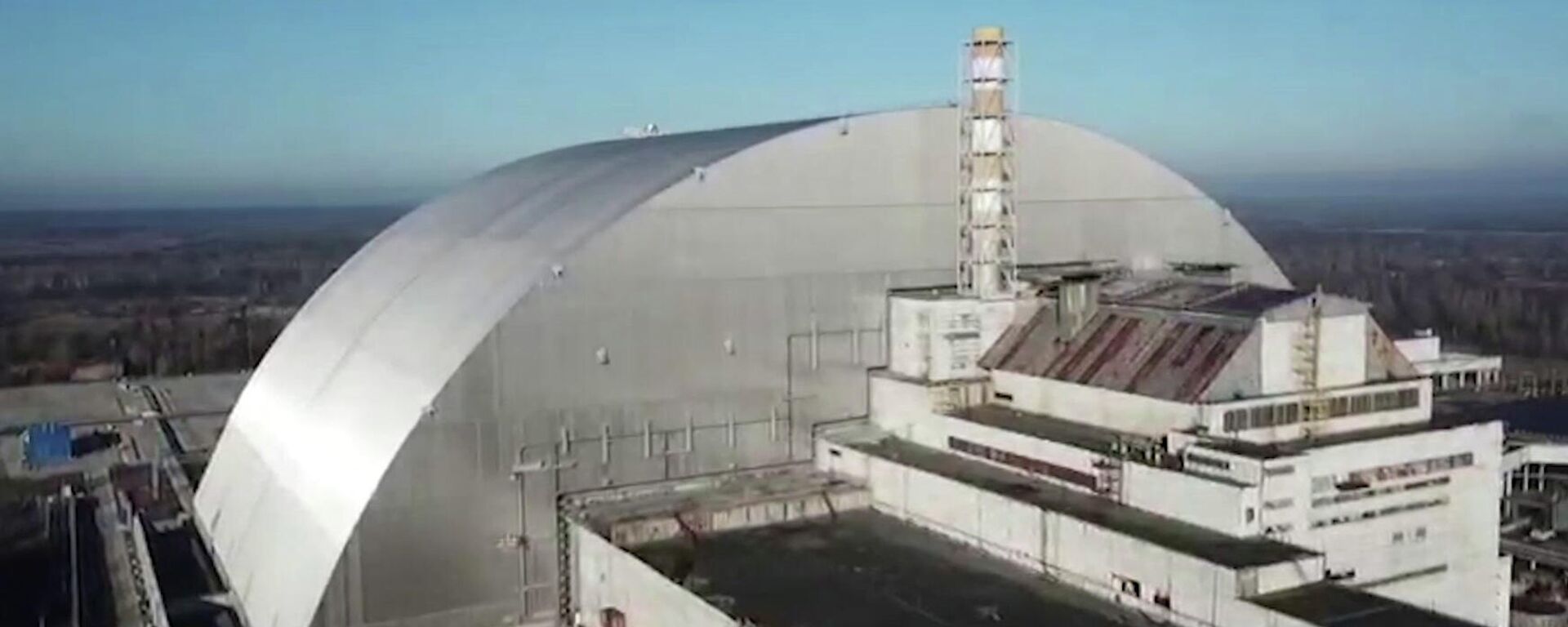
26 October 2022, 16:07 GMT
